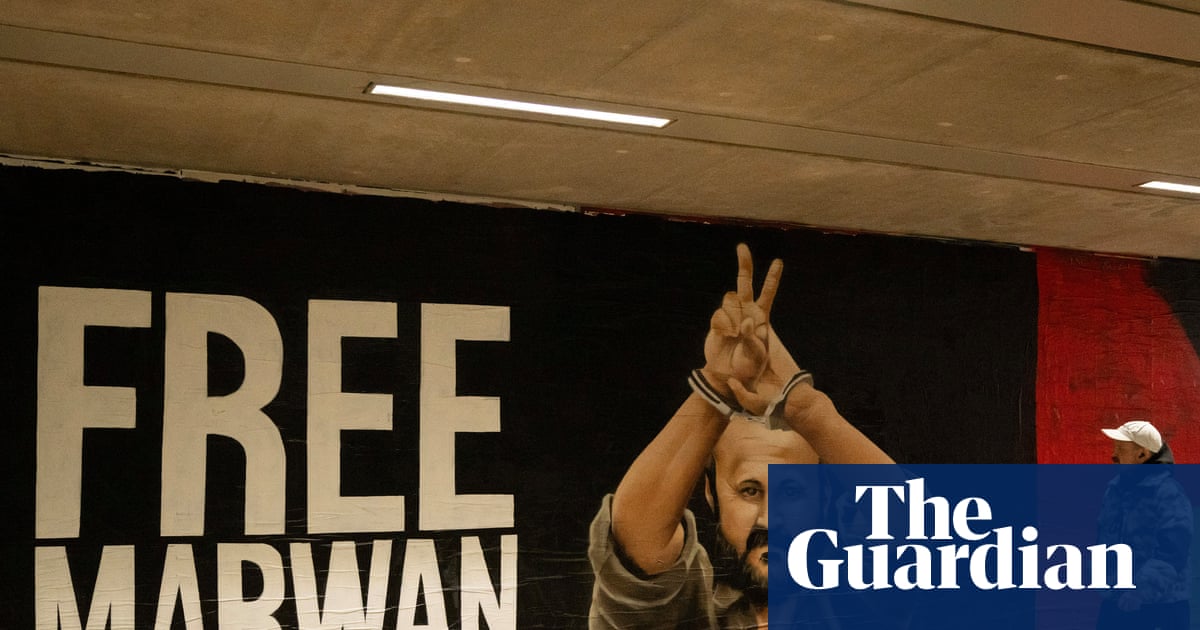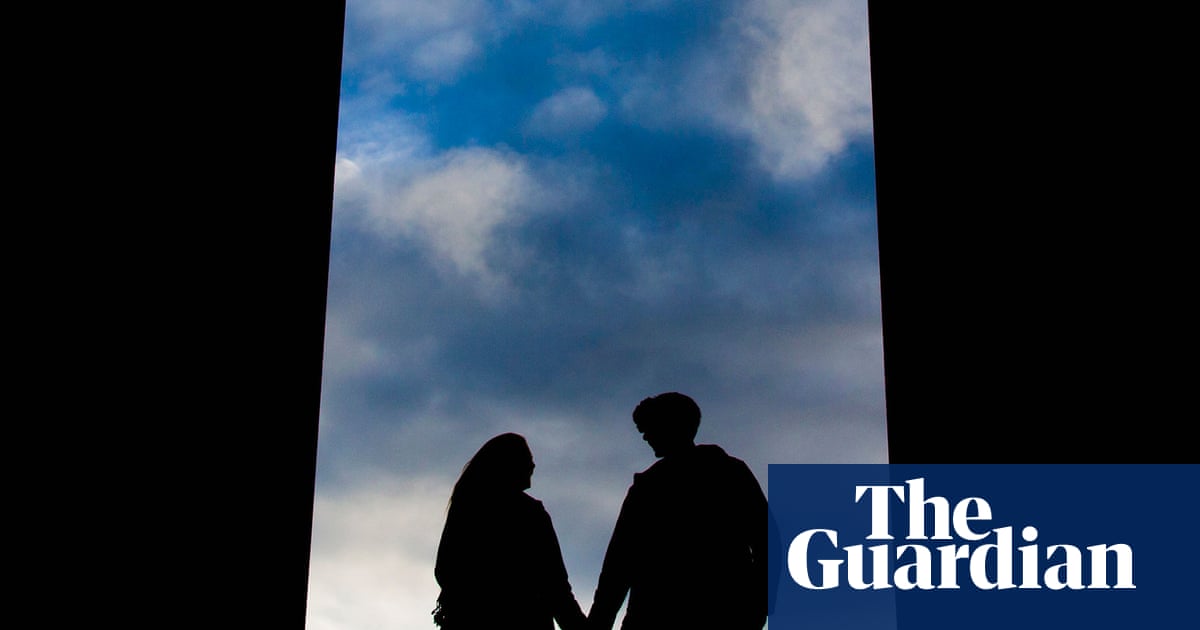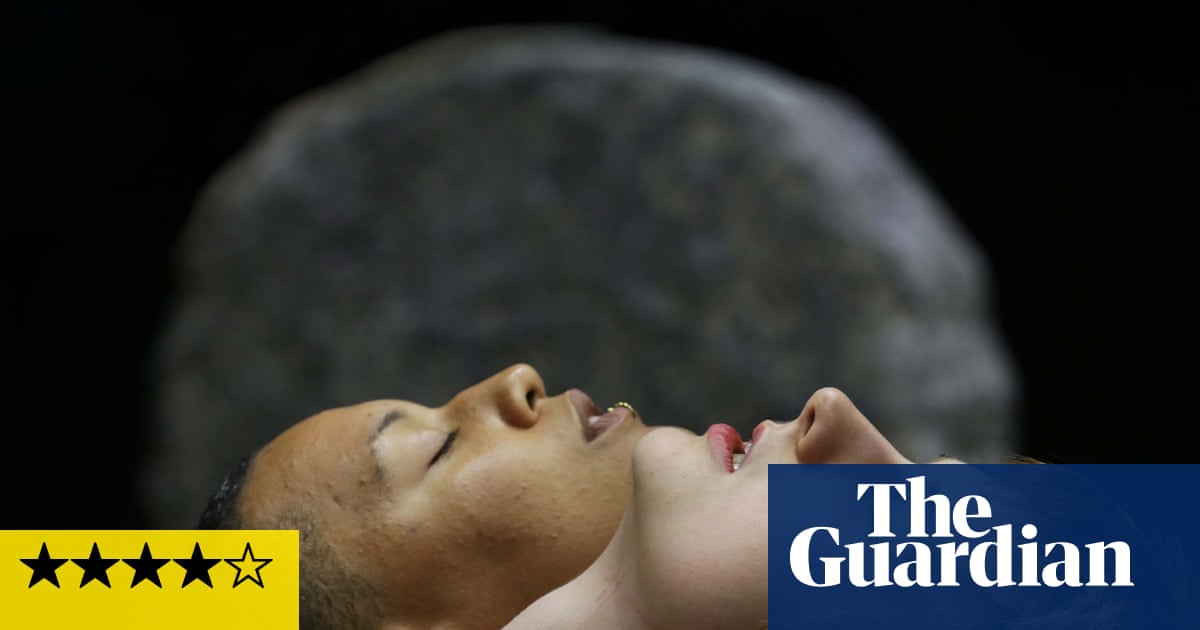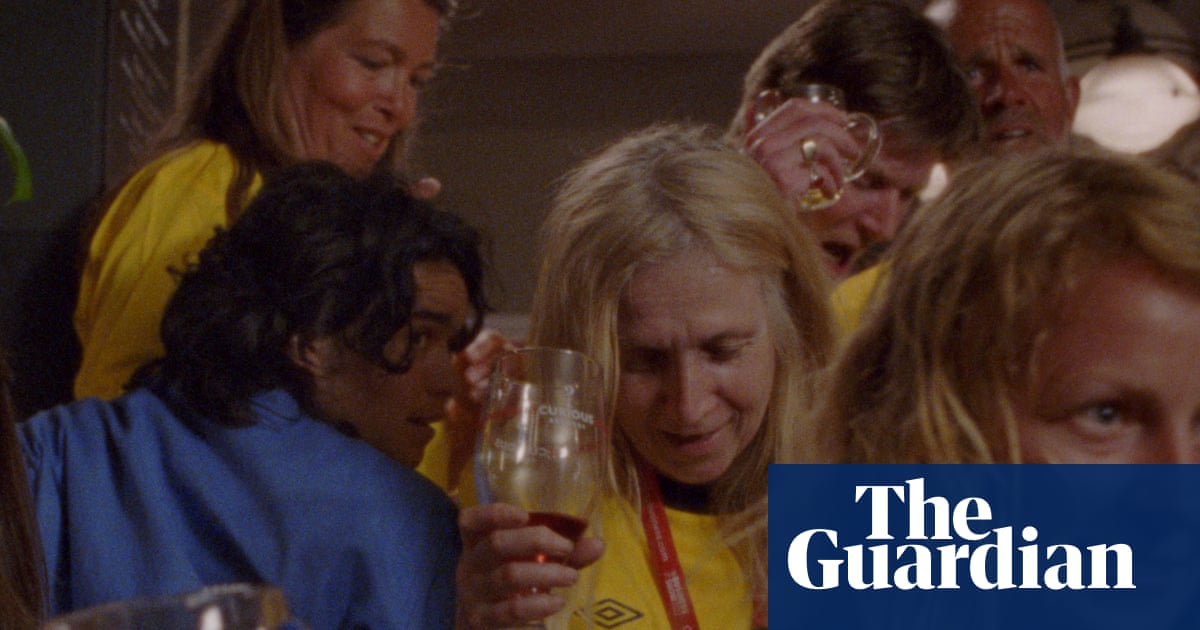Stuck on the wall above the desk where I write is a Post-it note, which I look at for inspiration whenever I feel that the chapter I’m working on needs some extra oomph. If you’ve seen Strictly Ballroom, Baz Luhrmann’s 1992 directorial debut, the words on it – Scott’s knee-slide – will be immediately and ecstatically familiar. If not, allow me to introduce you to what is, for my money, one of the most purely enjoyable films ever made.
Scott Hastings, the son of two retired ballroom dancers who now run a teaching studio, is a future champion. Or he would be, if he didn’t keep deviating from the stiff steps laid down by the Australian Dance Federation’s Barry Fife (a Trumpian ogre in a toupee) and throwing in his own moves. When his dancing partner dumps him after he goes rogue during a competition, Fran, the studio’s wallflower, offers to take on the might of the Federation with him. Cue lingering looks, secret rooftop rehearsals and a montage set to Time After Time, with plenty of neon eyeshadow thrown in – picture an early episode of Neighbours on speed, set in the Winter Gardens Blackpool, and you’re halfway there.
Strictly Ballroom scooped international accolades and became famous for getting standing ovations in cinemas, but its beginnings were modest: it was originally a piece of student theatre and Luhrmann had to scrape together funding to film it. Like the original Star Wars, a large part of its charm for me stems from the fact that nobody involved knew how big it would be. Romeo + Juliet and Moulin Rouge, the next two films in Luhrmann’s “red curtain trilogy,” were both so huge from the outset that they couldn’t help taking themselves seriously; the gleeful, unselfconscious camp of their predecessor was lost. There are almost no household names in Strictly Ballroom’s cast: Paul Mercurio, who plays Scott with smouldering physicality, was a principal with the Sydney Dance Company who had never acted before (he later turned down Guy Pearce’s role in Priscilla, Queen of the Desert).
Then there is the Bafta-winning soundtrack, an irresistibly overblown dopamine hit that blends tango and samba rhythms with wildly dramatic orchestration and sound effects. Like Hans Zimmer’s compositions for Gladiator or Vangelis’s for Chariots of Fire, David Hirschfelder’s score reaches into whichever bit of your brain recognises a hero’s journey and lights it up. Any errand, however mundane, is elevated to the level of a mythic quest by having it in your ears.
As a film it isn’t perfect: an initial mockumentary framing and some early magical realism both fizzle out, and parts of the plot have not aged well. Fran’s ugly-duckling-to-swan arc feels clunkily dated now, as does the deployment of her Spanish-Australian family for some Latin heat. Both elements would be handled differently today, one hopes.
But nobody in their right mind would change a second of the film’s final 15 minutes, which take place at the Pan-Pacific Grand Prix ballroom-dancing championships. If I tell you what happens it won’t really be a spoiler because the ending is visible from space. Scott is persuaded to abandon Fran and his dream of dancing his own steps, only to leap off the stage at the 11th hour and disappear. Barry Fife, who has been using increasingly underhand means to stop Scott from rocking the boat, is jubilant.
“You hear that?” he crows, listening to the crowd cheering. “That’s the future of dance sport, and no one, but no one’s going to change that …”
Cut to my Post-it: Scott slides, in extravagant slow motion, into the frame on his knees, a move that at least one fan I know has shredded their trousers trying to copy. Fran appears too, transformed in glittering red, and the two embark on a scorching paso doble. An apoplectic Barry Fife cuts the music and disqualifies them. And then …
I won’t ruin the entire thing for you, but suffice to say that what follows is guaranteed to give you goosebumps (I’m getting them now just writing about it). As a finale it’s a triumph, the kind of supremely satisfying knockout punch every creative dreams of landing. Yes, the message – that the most important thing is to follow your heart – is as subtle as a sequined brick. But the darker the world gets, the more of a necessary tonic it seems. I watch Strictly Ballroom several times a year, and clips of it on YouTube more often than I care to admit. With a new series of the television show named in homage to it now under way, there’s never been a better time to take to the metaphorical floor.
-
Strictly Ballroom is available to rent digitally in the US, UK and Australia

.png) 1 month ago
46
1 month ago
46

















































